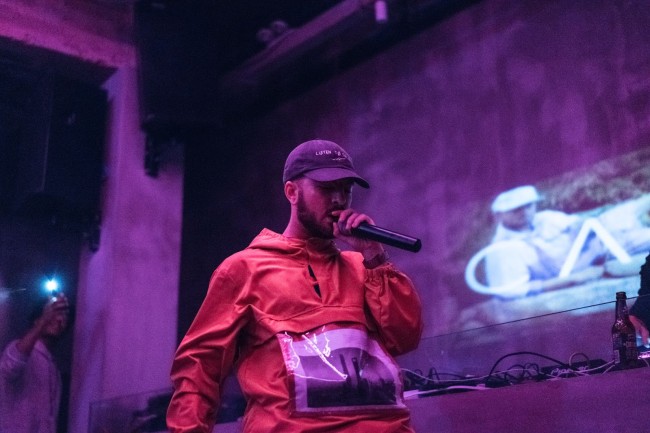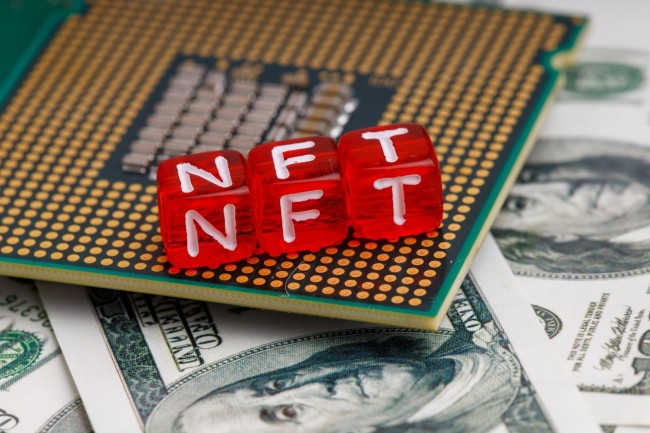What do you get when you make the global NFT market, worth an estimated $231 billion by 2030, easily accessible to a country like India, which has a population of 1.417 billion people, many of whom are inherently tech-savvy and keen to invest in the latest promising markets around the world?
Well, I’ll tell you, we have a very promising future for the NFT market. I mentioned that many people in India are tech-savvy, which is backed up by the recent incredible journey of FanTiger.
“But it’s a core new concept, the idea of owning something on the internet.” – Chris Dixon
This platform is seriously turning heads not just in India but in all four corners of the world. It recently achieved decentralised superstardom when it entered the hall of fame of the top five NFT projects in the world.
Ok, but what on earth is FanTiger all about? I hear you ask. Well, fear not; we won’t keep you in suspense any longer. By the end of this article, you’ll know everything there is to know about FanTiger, its bold vision, and the exciting journey that lies ahead.
What is FanTiger All About?

Put simply, FanTiger uses NFTs to connect music fans to their favourite artists and lets fans invest in their favourite songs and earn royalties from them. Cool, right? That’s just the tip of the iceberg!
Prashan Agarwal started the FanTiger project. An NFT enthusiast and former CEO of the music streaming service Gaana, Agarwal firmly believed that the future of NFTs successfully seeing their adoption into mainstream society would be inevitable.
However, he also believed that this could only be achieved if the general public were given a solid incentive to buy, use, and sell them.
And who better to lead the charge than Prashan? This music enthusiast cut his teeth in the industry through high-ranking positions with major platforms and services like Gaana, and his vision for FanTiger was honed during these years.
Throughout his vast experience in the music industry, Prashan began to draw up his plans for an innovative NFT platform that allows music fans to not only digitally invest in their favourite artist’s music but also earn consistent income through a portion of royalties off the song, based upon how much they initially invested.
And that’s not all! Music fans actively using the platform could equally utilise their bought NFTs to gain access to fan-exclusive rewards such as personalized meetings with their favourite music artists.
In the long term, NFT holders could also aim to resell their NFT at a higher price to earn a decent return on their investment.
The platform’s name was FanTiger. Its mission was to use NFTs to bring artists, musicians, and a varied range of other creators together with their technologically open-minded fans. As a result, the platform aimed to bring equal benefits to artists and fans alike, such as:
- Allowing artists more freedom and the chance to diversify their income streams: traditionally, record labels hold a dominant position over artists and often control their copyright, royalties, and ability to produce new music. This means that most artists make the bulk of their income through concerts and other live events. With FanTiger, artists are given much more agency over their work.
- Fans can play an active role in the music they love: Imagine owning a piece of your favourite song and making an income from it. That’s what FanTiger can achieve for its users.
This year, FanTiger hit the headlines when, in an investment drive spearheaded by Multicoin Capital, the platform managed to successfully raise an eye-watering $5.5 million in a seed round.
Present at this seed round were major investors such as Krafton, Woodstock Fund, IOSG Ventures, and Polygon Studios.
Even though the platform is still in its early stages, it has already successfully managed to form partnerships with major music artists in India, such as Sunanda Sharma and Naalayak.
These names may be new to you if you’re not from India. But don’t underestimate the influence of local superstars in the second most populous country on earth, right?
What Does FanTiger Do For Artists?

We’ve already touched on what FanTiger can bring to artists, but there are so many potential benefits that it deserves its own section within this guide. One of the most promising ways that FanTiger can help artists is by raising money in the run-up to the launch of a song.
This money is raised by splitting up the song’s ownership into tens, hundreds or even thousands of NFTs and then selling them on to the adoring fans of said artist. Out of all funds raised, FanTiger takes a mere 10% as a cut. Which is very fair compared to conventional record labels we’re all used to.
In doing so, not only are artists granted more freedom and agency from the grip of conventional record companies and centralized platforms, but they can also earn a form of consistent income from their fans rather than rely on the record labels to throw them scraps, whilst the latter hold the bulk of the profit for themselves.
Through the FanTiger method, this NFT-powered music financing also creates a closer bond between artists and their fans. For example, NFT owners can gain access to unique content and get the chance to video chat with or even meet their favourite artists in person.
FanTiger Royalties

Has FanTiger piqued your interest with the prospect of earning royalties through your favourite music? Me too! Let’s look at how the FanTiger royalties system actually works in practice.
The premise is quite simple. Whenever a song connected to FanTiger is played on a linked streaming service such as YouTube, Spotify, Gaana, or Apple Music, it earns royalties based on the number of views, likes, and general support it gets.
Then, these royalties are equally handed over to the original artist and the fans who have actively invested in the song. The royalties are split as follows:
- The original artist receives 45% of the royalties.
- The fans who invested in the song via NFTs received the other 45% of the royalties.
- The remaining 10% goes to the FanTiger platform itself.
Selling FanTiger NFTs

So, it’s clear that owning an NFT on FanTiger can bring with it a lot of benefits (provided the song or artist in question performs well), but what happens when you no longer want the NFT and wish to sell it on?
Currently, FanTiger is in the process of creating a second marketplace designed for NFT holders to sell their investments. The price, like most digital assets in the world of decentralized technology, is defined by supply and demand.
In comparison to the NFTs we’re used to, which are often defined as highly volatile due to their rarity and high-value status, the NFTs on FanTiger will be very different.
This is because the latter NFTs hold a unique form of value in the sense that they not only allow the owner to gain exclusive, often behind-the-scenes access to a specific artist, but they also have the ability to generate relatively passive income through the royalties it generates.
On this upcoming marketplace platform, which is said to be launched sometime in 2023, the fees work as follows:
- 5% of the sale price goes to the platform in fees.
- Another 5% is given to the original artist.
- The final sale price given to the seller is 90% of the asking price.
Obstacles That FanTiger May Face
There is a lot of money to be made in the NFT market and a lot of stiff competition as a result, so what competition does FanTiger potentially face?
One of the biggest tasks facing the team behind this innovative platform is finding the perfect balance between a supply and demand pricing system and embedded value in NFTs.
This is particularly relevant for India where, despite the appearance of major celebrities stepping into the limelight to promote NFTs, they have largely seen slow sales across the country.
Take Amitabh Bachchan, for example. This famous Indian actor, film producer, television host, singer and ex-politician recently sold his extensive NFT collection for less than $1 million.
Compare this to global brands outside of India like CryptoPunks and Bored Ape Yacht Club (BAYC), both of whom have successfully sold NFTs for millions of dollars each.
Across India, there have been a number of NFT projects springing up to successfully open up the Indian NFT market, such as WazirX NFT Marketplace, Diginoor, and Rario.
But for Prashan and the rest of the team behind FanTiger, there seems little doubt that their mission will fail. After all, this is an NFT project that is inherently unique and one that can provide Indian music fans with unique NFTs that can not only connect them closer to their favourite artists but also generate passive income.
In Conclusion, Has The Tiger Roared When It Comes To The Future of NFTs?
There’s no denying that FanTiger is an incredibly innovative platform. This NFT-powered venture has not only managed to raise a serious amount of capital from some equally serious investors, but it has also surged to take its place amongst the top five NFT projects worldwide.
From giving more freedom and agency back to music artists to creating a closer bond between fans and their favourite musicians, as well as the ability for music lovers to earn an income from their favourite songs, this is a platform that is truly revolutionising the world of NFTs.
Keen to invest in the world of NFTs, blockchain, and crypto yourself? Well, hold your horses! This is a volatile space, so always research and ensure you know what you’re getting into before you invest.
